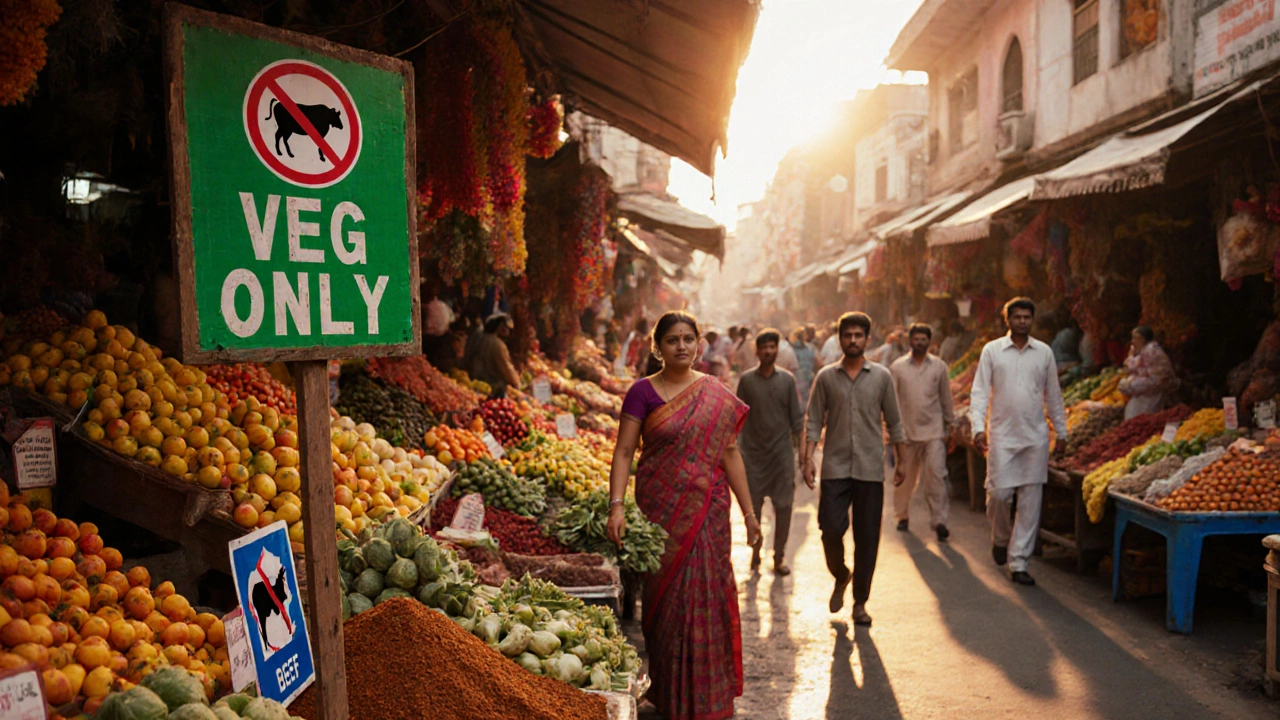
India’s Food Taboos: What Not to Eat Across Regions & Religions
Explore India's food taboos across religions and regions, learn what not to eat, and get practical tips for travelers to respect local customs.
When you hear food restrictions in India, rules around what people eat shaped by religion, caste, and regional traditions, it’s easy to think of vegetarianism. But it’s deeper than that. These rules dictate who eats what, when, and with whom—often rooted in ancient beliefs that still guide daily life. For many, avoiding meat isn’t a choice—it’s a spiritual duty. For others, skipping onions or garlic is as normal as brushing teeth. These aren’t trends. They’re inherited practices, passed down for generations.
Hindu dietary laws, guidelines based on concepts of purity, non-violence, and devotion shape meals for over a billion people. Many Hindus avoid beef because cows are sacred, but the rules go further. Some avoid eggs, onions, garlic, or even root vegetables during religious periods. Jain food rules, some of the strictest in the world, based on non-violence toward all living beings mean no root vegetables are eaten because pulling them kills the plant and tiny organisms in the soil. Muslim food practices, centered on halal standards and avoiding pork and alcohol are equally clear-cut. These aren’t optional. They’re part of identity.
It’s not just about religion. Fasting is common across communities—Hindus fast on Ekadashi, Muslims during Ramadan, Christians during Lent, and Jains during Paryushan. These aren’t diet trends. They’re rituals tied to cleansing, discipline, and connection. Even the way food is prepared matters. Many households use separate utensils for vegetarian and non-vegetarian meals. Some won’t eat food touched by someone from a different caste. These boundaries aren’t about discrimination—they’re about maintaining ritual purity, a concept that still holds weight in homes, temples, and villages.
What you’ll find in the posts below aren’t generic lists of "foods to avoid." They’re real stories about how these rules play out—from why Tamil families skip garlic during certain festivals, to how Diwali sweets are made without eggs in some homes, to why Ayurveda advises against certain food combinations. You’ll see how food restrictions aren’t just rules—they’re living traditions, quietly shaping everything from street food stalls to wedding feasts across India.

Explore India's food taboos across religions and regions, learn what not to eat, and get practical tips for travelers to respect local customs.